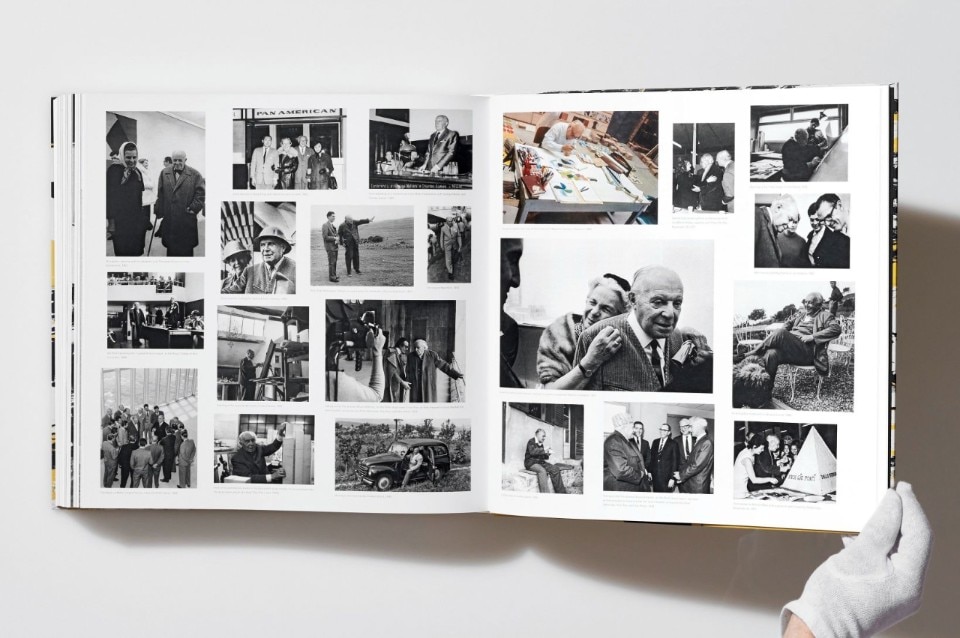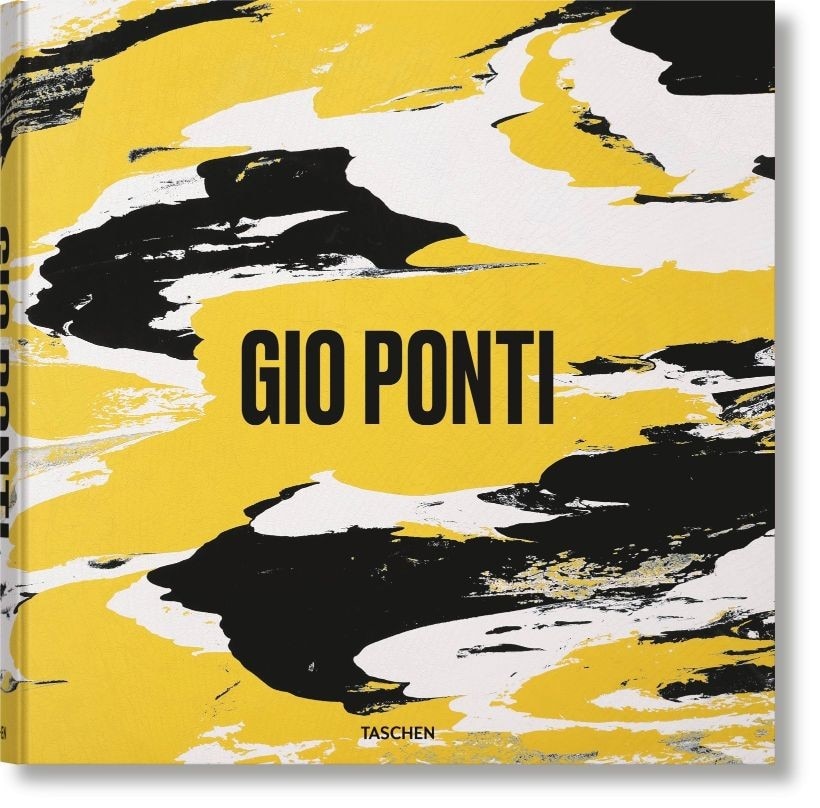This article was originally published on Domus 1060, september 2021.
Edited by Salvatore Licitra with texts by Stefano Casciani and design by Karl Kolbitz, Gio Ponti is an imposing project, concluding research that lasted over ten years. “The idea,” explains Licitra, the Milanese architect’s grandson, “was to write the definitive book on Ponti.
The goal: to tell his story as he himself would have done”. The result: a generous volume of 572 pages in an extra-large format (36 x 36 cm).
“A book,” continues Licitra, “full of passion, easy to understand, accessible to all, with lots of images and details”.
At the same time, scholarly and rigorous, with previously unpublished in-depth biographical info that opens with the words – precise and poetic – of Ponti’s daughter Lisa.
“The hard thing was to unite such different projects,” the editor states. So a strict chronological order was used, which allows readers to identify what Licitra calls “Ponti’s palette”

“Like a painter attached to his colours, Ponti as well had his own alphabet of full and empty, or formal archetypes,” she explains. “He was a navigator, who traversed eras with ease and amusement”.
The large photos and details allow readers to dive into the locations. (“Architecture is peripatetic,” Ponti stated: it exists only if someone can walk inside it).Plus, many small discoveries, like the (little known) work for the university in Padua and the (never before seen) photos of Villa Arata.
“I like the idea of having tidied up some loose ends,” concludes Licitra. “Now I’d like to find the many small stories about him: each client, each collaboration is a novel because he loved relating to others”. Like that time the Pirelli family, satisfied with the skyscraper that still bears their name, asked him to choose a gift and Ponti chose three Citröen DS cars, for him and his associates, Alberto Rosselli and Antonio Fornaroli. But this story is for another book.











